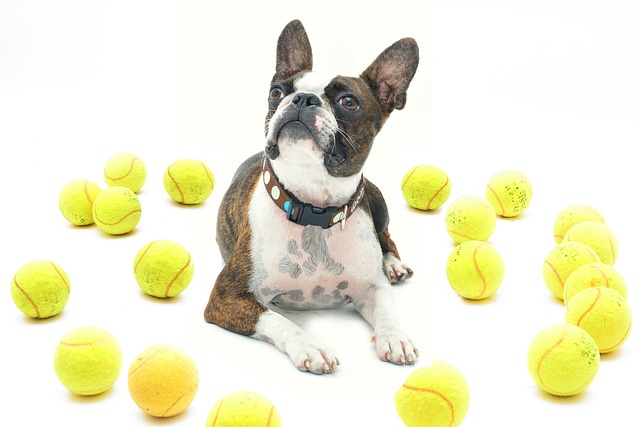
How can I tell if my dog's heatstroke is serious
Let’s be real: It’s a sticky August morning in Los Angeles, and you took your 2-year-old Golden Retriever, Max, for a walk a little later than usual
Coming home from the vet with a groggy pup who just had a tooth pulled can leave even experienced dog owners feeling unsure where to start. That post-surgery haze—when your dog might stumble a little or nuzzle for comfort—means the first few hours set the tone for their recovery, and getting it right also means staying on track with local pet welfare guidelines.
When you first bring your pup home after a tooth extraction, keep their space calm—no rough play with other pets or jumping on furniture. Licking the wound is a big no; a soft cone (most vets in the US and EU recommend these over hard collars) will stop them from irritating the area. Also, double-check any aftercare instructions against guidelines from groups like the AVMA (American Veterinary Medical Association) or RCVS (Royal College of Veterinary Surgeons) to stay compliant with local pet care standards.
Skip the hard kibble for at least a week—opt for wet food heated slightly to make it easier to eat, or mash up plain cooked chicken and rice. For small breeds, use a syringe (without the needle) to squirt tiny amounts of food into their mouth if they’re hesitant. This post-tooth extraction dog diet keeps pressure off the wound and ensures they still get nutrients—never feed them bones or chews, even soft ones, during this time.
 Gentle oral care matters, but go slow. After 24 hours, you can wipe the outside of their mouth with a warm, damp cloth. Some vets suggest a dilute saltwater rinse for the gums, but only if your dog lets you hold their head steady—never force it. This part of canine oral care after extraction helps prevent bacteria buildup without hurting the healing site.
Gentle oral care matters, but go slow. After 24 hours, you can wipe the outside of their mouth with a warm, damp cloth. Some vets suggest a dilute saltwater rinse for the gums, but only if your dog lets you hold their head steady—never force it. This part of canine oral care after extraction helps prevent bacteria buildup without hurting the healing site.
Limit exercise for 3-5 days. A short walk around the block is fine, but avoid runs or games of fetch that could make them pant heavily or bump their face. Dogs in pain might hide or refuse treats, so keep an eye on their behavior; if they seem extra lethargic, it could be a sign something’s off with their recovery.
Watch for red flags like bright red bleeding that lasts more than 10 minutes, swelling that gets worse after 24 hours, or bad breath that lingers. Never give human pain meds—ibuprofen and acetaminophen are toxic to dogs, and violating pet medication safety rules could land you in trouble with local animal welfare laws. Call your vet right away if you notice any of these issues.
By sticking to soft food, keeping the wound clean, and following your vet’s advice, your dog will be back to chewing their favorite toy in no time. Always prioritize their comfort and stay within local pet care regulations—this not only keeps them healthy but also ensures you’re following the law when it comes to dog tooth extraction care.

Let’s be real: It’s a sticky August morning in Los Angeles, and you took your 2-year-old Golden Retriever, Max, for a walk a little later than usual

You're enjoying a summer afternoon at the park when you notice your dog has stopped panting and appears disoriented - their gums are bright red

Let’s paint the picture: You’re in your Denver apartment, watching your 4-year-old Boston Terrier, Ruby, plop down mid-play session with her favorite toy

Many dog owners notice their pets nails seem shorter after regular walks,but how much does this daily activity actually help?The answer depends on where you walk—concrete sidewalks or asphalt streets gently file nails as a dog's paws hit the ground

Most dog owners notice their pup scooting across the carpet at some point, but few connect it to impacted anal glands. These small sacs near a dog’s rectum secrete a scent for marking territory

Most vets agree that regular dog teeth cleaning is key to avoiding painful dental issues later. For healthy adult dogs, a professional cleaning at the vet’s office every 12 to 18 months usually works well.